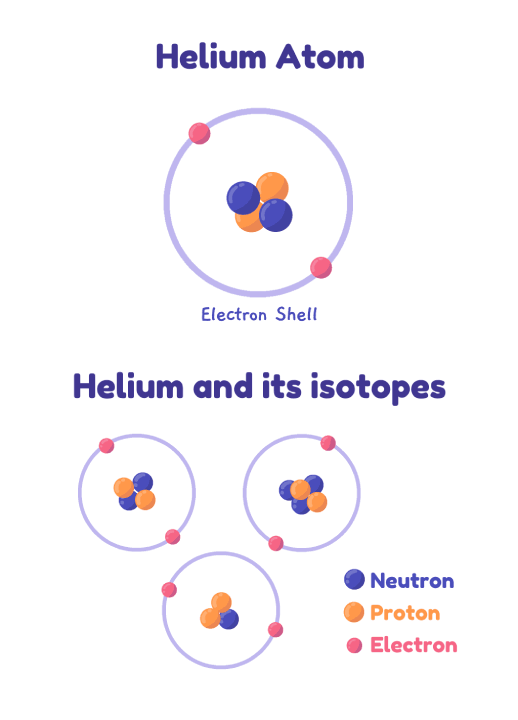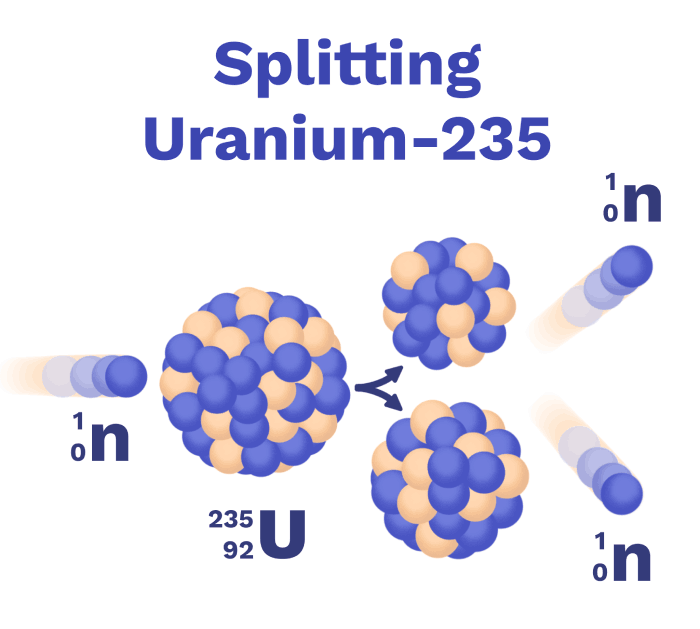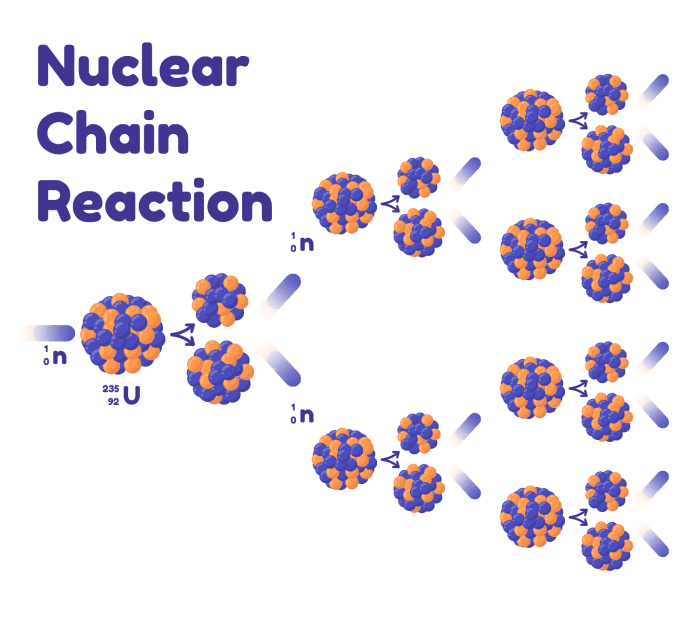Nuclear Power: Clean and Reliable. Is it Safe Enough?
6 minute read
Updated on: 03 Apr 2021
Why Nuclear?
Unlike fossil fuels such as coal and gas, nuclear energy produces almost no CO₂ emissions.
On top of this, nuclear can provide reliable electricity at all times as it doesn’t depend on the weather. This looks promising, so let’s look into it in a bit more detail.
How do we get energy from splitting atoms?
Have you heard of Einstein’s “E = mc²”? This equation essentially says we can convert mass into energy (and back)! That’s precisely where the energy from a nuclear power plant comes from.
Atoms are made up of protons, neutrons, and electrons. Protons and neutrons are in the center of the atom (called the ‘nucleus’). Protons have a positive charge, electrons a negative charge, and neutrons no charge at all
.

Helium atom
Nuclear reactors use Uranium-235, an variant of Uranium that has 92 protons and 143 neutrons. It’s called Uranium-235 because 92 + 143 = 235.
When you fire a neutron at U-235, it splits into:
- Two smaller atoms
- A few neutrons (up to 5 but on average 2 or 3; this is somewhat random in each split
)
- Some energy in the form of heat
. This is where we get the energy from!

Splitting Uranium
What’s the difference between a nuclear bomb and a nuclear power plant?
One neutron causes a U-235 atom to split, releasing energy and more neutrons. These new neutrons can cause more U-235 to split, and the process keeps repeating. So, if you pack a lot of U-235 atoms into one place, you get…

Nuclear Chain Reaction
If each split causes two or more splits, all the power will be released very quickly. This is basically what happens in a nuclear bomb. In nuclear power reactors, we want each split to cause, on average, exactly one more split. This keeps it stable and constant.

Stable nuclear chain reaction
This can be achieved with clever engineering that we cover in more detail in the “Advanced” version of this course.
How do Nuclear Reactors work?
The most popular reactor type today is the Pressurised Water Reactor (PWR). It contains two loops full of water. The first, called the primary circuit, is where the splitting of Uranium-235 takes place, making the water in this circuit very hot.
The hot water of the primary circuit then runs through a pipe that goes through a separate loop of water - the secondary circuit. The steam created from boiling this second loop of water is then used to spin a turbine, which generates electricity.
Is nuclear power safe?
Contrary to popular belief, nuclear accidents are extremely unlikely and altogether cause far fewer deaths than fossil fuels (mainly because burning fossil fuels releases deadly air pollution).
However, it is fair to say that expertise in building nuclear reactors helps countries get better at building bombs too.
The other downside to nuclear fission is radioactive waste. As of now, there are 90,000 tonnes of harmful waste in the USA (a football field 20 meters deep). While we do know how to store this waste temporarily, we do not yet have a long term solution
.
In the “Advanced” variant of this course, we discuss completely new reactor designs that could help aid these problems.
Aside from the public perception around the safety aspects of nuclear power, an undeniable problem is that building new nuclear plants is expensive. In fact, it is not considered profitable to build new reactors in a lot of countries, including the USA
.
Conclusion
Nuclear is a near zero-carbon and reliable energy source.
While building new nuclear plants has become uneconomical in the western world, turning off reactors that we’ve already built only removes a safe and near carbon-free alternative to coal
. Moreover, countries like China and India are stacking up on new nuclear plants
- and that’s good for the climate
!
Today’s nuclear power has a waste problem, but this needs to be weighed up with the alternative: CO₂ emissions from fossil fuels. However, explosions are so rare and cause comparably few deaths that nuclear is, in fact, one of the safest forms of energy available
!



